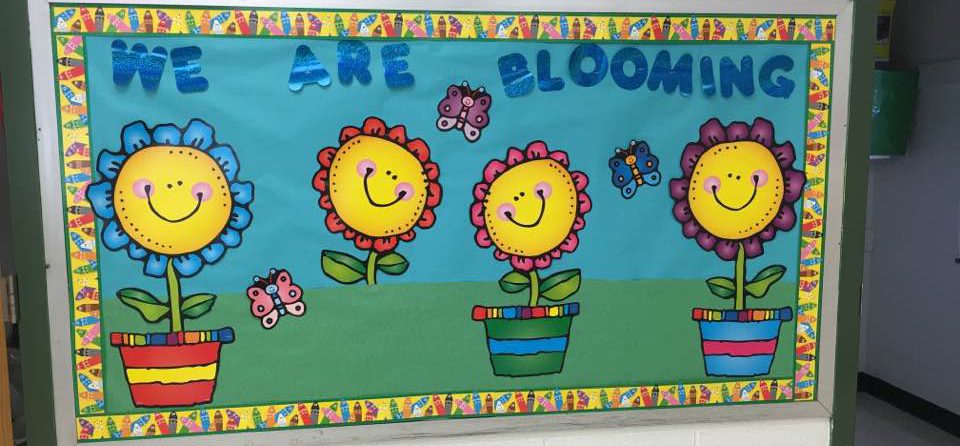Communities
Essential Questions
- What does a community look like?
- How does culture shape a community?
Author
- Rebecca Baucom, December 2017
Abstract
- The two mini lessons are part of a larger unit on Communities. Lesson one will focus on the different types of communities (urban, suburban, rural) as well as the difference between a community and a group. The second lesson will be a continuation of this lesson, exploring culture and tradition within communities.
Performance Objectives
- SWBAT understand the difference between a community and a group
- SWBAT compare and contrast different types of communities
- SWBAT define culture and understand how it relates to communities
Standards Addressed
- 6.1.4.D.13 Cultures include traditions, popular beliefs, and commonly held values, ideas, and assumptions that are generally accepted by a particular group of people.
- 6.1.4.B.10 Urban areas, worldwide, share common physical characteristics, but may also have cultural differences.
-
8.1 Educational Technology: All students will use digital tools to access, manage, evaluate, and synthesizeinformation in order to solve problemsindividually and collaborate and to create and communicate knowledge.
-
8.1.5.A.1 Select and use the appropriate digital tools and resources to accomplish avariety of tasks including solving problems.
-
Suggested Follow-Up
- Scholastic
- Communities Video (youtube)
- BrainpopJr (membership required)
Image credits
Lesson 1
-
“New York City Harbor, New York” by eutrophication&hypoxia is licensed under CC BY 2.0
- “An American suburb” by futureatlas.com is licensed under CC BY 2.0
- “Windstar Farms” by missing8519 is licensed under CC BY 2.0
- “Fiat 500 in NJ suburb” by brownpau is licensed under CC BY 2.0
- “Strip Mall off Forest Park Parkway in the CWE” by Paul Sableman is licensed under CC BY 2.0
- “Skardu farms” by Abdullah Najeeb is licensed under CC BY 2.0
-
“Skardu farms” by Abdullah Najeeb is licensed under CC BY 2.0
Lesson 2
- “Food” by Ray_LAC is licensed under CC BY 2.0
- “Fresh Food” by Butz.2013 is licensed under CC BY 2.0
- “Boy having Bar Mitzvah (Jerusalem, Israël 2013)” by Paul Arps is licensed under CC BY 2.0
- “Baptism” by Amy Kellogg is licensed under CC BY 2.0
- “Japanese Language Book” by born1945 is licensed under CC BY 2.0
- “Learning sign language” by daveynin is licensed under CC BY 2.0
- “I LOVE YOU in many different languages” by viZZZual.com is licensed under CC BY 2.0
